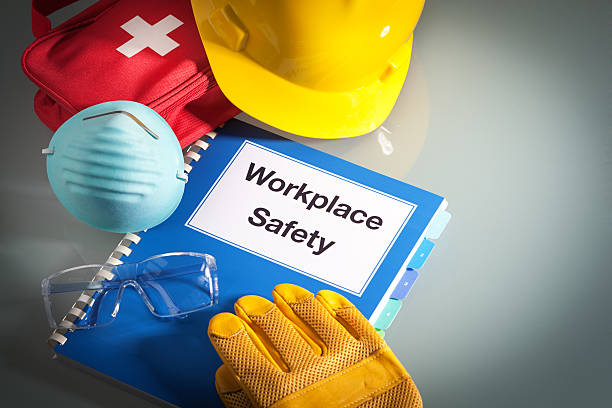The UK’s Health and Safety Executive has released its annual report on work-related ill health and injuries—and it makes particularly grim reading. Work-related injuries and fatalities both rose from the previous year, with a staggering 33.7 million working days being lost to injury or ill health.
Figures
More than 1.7 million workers were affected by injuries or ill health in 2023-24. The leading cause of time off work was symptoms of stress, anxiety and depression, accounting for just under half of all cases at 776,000 workers. Musculoskeletal disorders (e.g. back or wrist injuries) were second, with 543,000 workers being affected.
604,000 workers received non-fatal workplace injuries in 2023-24, a rise of 43,000 incidents compared to the previous year. Workplace fatalities also rose by three to 138, reversing the substantial progress that had been made in recent years.
The toll of these increases in workplace incidents is evident in the cost to businesses. Injuries and ill health were estimated to have cost organisations £21.6 billion in 2022-23, a figure that is only likely to have grown this year.
Part of the rise in ill health can be attributed to the COVID pandemic. The rate of self-reported ill health remains considerably higher than it did before the pandemic, with many people suffering debilitating symptoms of long COVID. A study by the University of Birmingham earlier this year found individuals with long COVID were three times more likely to leave work than those without symptoms.
However, there also has to be an acknowledgement of a regression in health & safety standards. One possible explanation is a fall in unannounced HSE inspections. A 2023 report found that such inspections were down by 32% over the decade to 2023. This follows a 45% reduction in public funding between 2010 and 2019, which the British Safety Council suggested “threatens its ability to keep people safe at work”.
The role of mental health in the new figures also deserves serious reflection. Existing concerns around the availability of and access to mental health treatment have also been exacerbated by the pandemic, where many people struggled under social isolation.
A generation of children have also grown up through the pandemic, with uncertainty over the precise impact this will have. With the oldest cohort now entering the workplace, this could have additional implications for lost working days, even avoiding the issues of presenteeism and productivity.
Improvements
All of this speaks to the need for an enhanced focus on both physical and mental wellbeing at work. Physical wellbeing starts with a health & safety risk assessment, helping you to implement processes which ensure that any change to the workplace or working practices is considered in a safety context.
Mental wellbeing meanwhile starts with an appreciation of how different mental health conditions impact people. Our L1, L2 and L3 First Aid for Mental Health courses help to improve awareness of mental health conditions at various levels throughout a business, as well as the ability to provide support and direct people to mental health resources.
www.samsltd.co.uk
info@samsltd.co.uk

